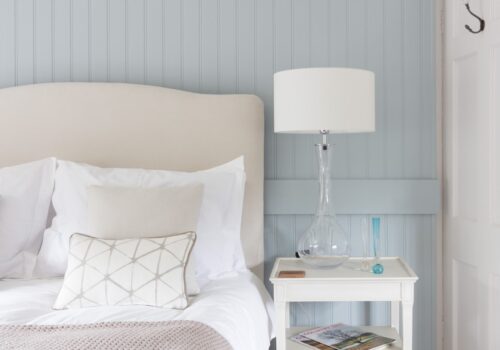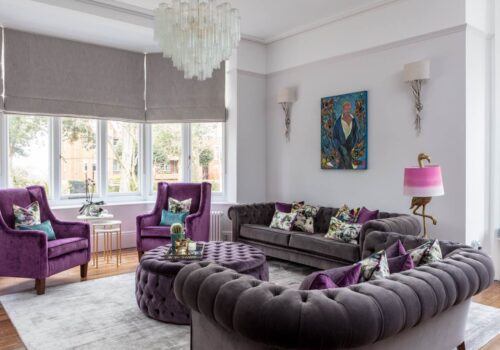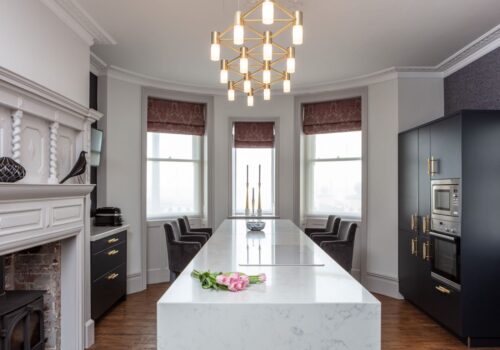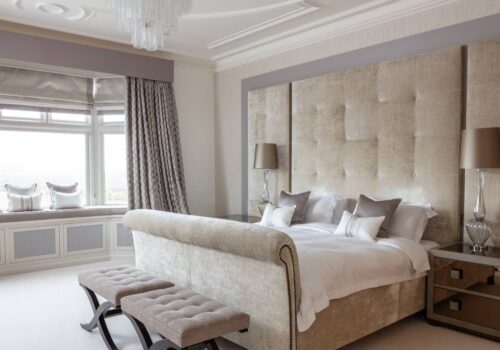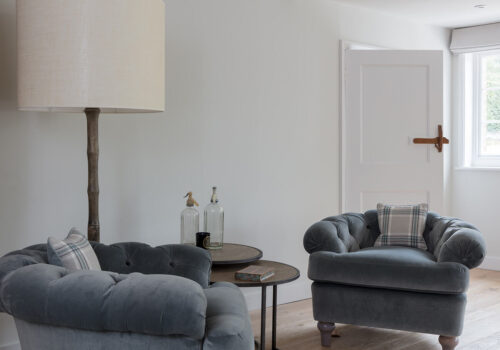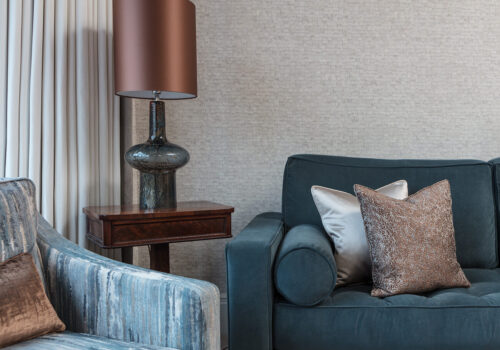Interior Design for Period Properties

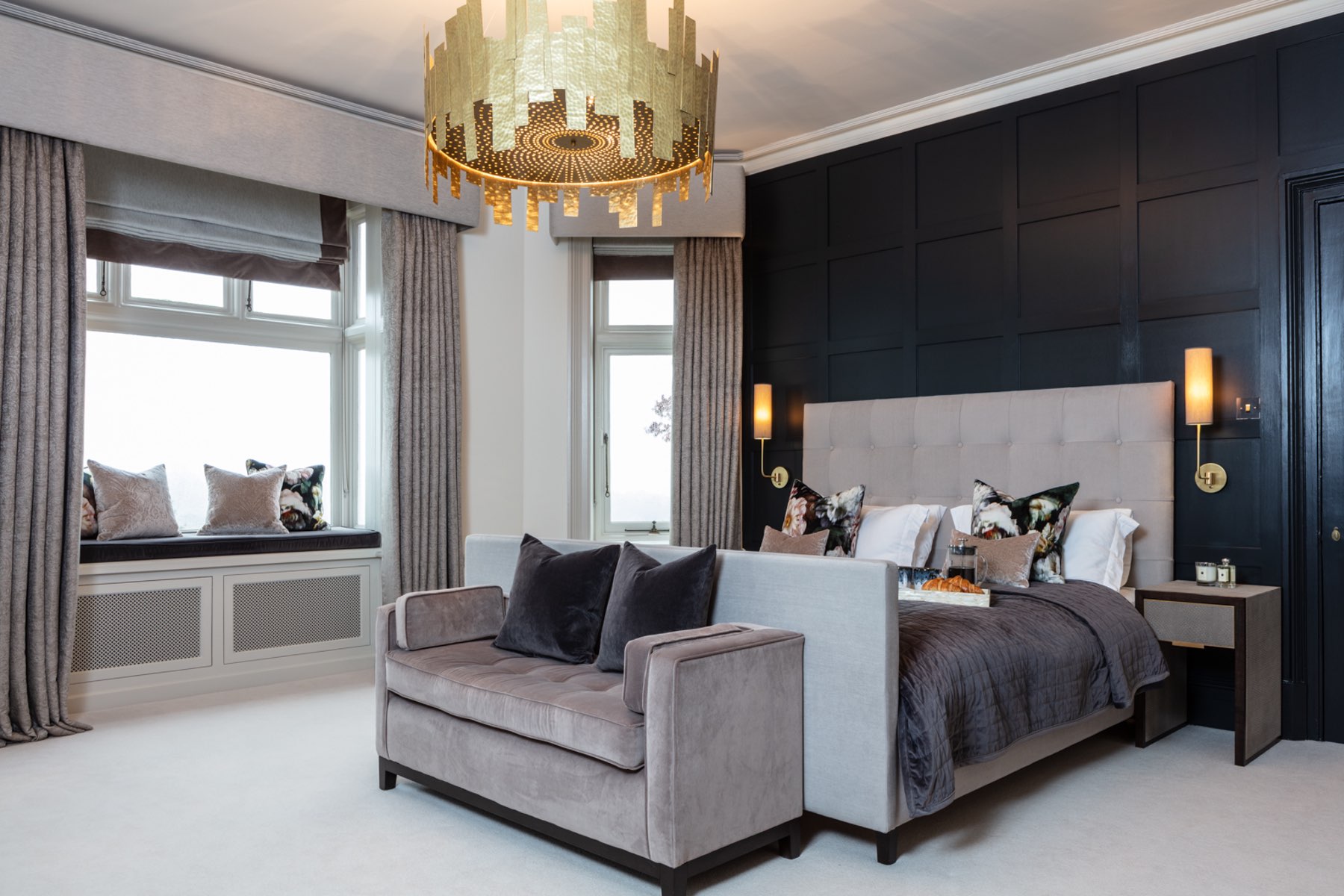
If you’re familiar with the interior architecture of period properties, you’ll be well aware of the unique oddities and particularities that materialise as a direct consequence of the date of construction. These homes were built at a different time to cater for a different lifestyle, and so the redesign of a period interior is an opportunity to resolve any such discrepancies and streamline the home to suit a modern routine.
However, this can be a daunting task for those outside the field, particularly if you are looking to implement a scheme that is sympathetic to the original features. With that said, we would urge you to keep a level head and approach such a project in a rational manner – with sufficient planning and a few pointers from Pfeiffer Design, you could be on your way to a charming heritage home in no time!
Is Your Property Listed?
Before commencing any sort of design work, it is essential to consider whether your property might be listed or of Architectural Interest. Of course, if you have already purchased the property, this is likely something you will already be aware of, but if not, it is best to check given the nature of the property.
We recommend you start with the National Heritage List for England. This is accessible online and allows you access to a database of all nationally protected historic buildings and sites in England.
If it transpires that your home is, indeed, listed, you may need to acquire Listed Buildings Consent, dependent on the intended alterations and the classification of grading (either Grade I, Grade II, or of Architectural Interest). Limitations can vary, and whilst they primarily centre on structural changes, there may be some conditions surrounding specific paint colours or permitted window styles, for example.
To acquire Listed Buildings Consent, you will need to liaise with your local council who will put you in touch with an appropriate Conservation Officer.
Consider Space Planning
As we previously mentioned, this is your opportunity to consider exactly how the home would function best for family life and your behavioural patterns. Period homes were constructed to cater for a different generation, and consequently don’t always suit the routine of modern-day residents, sometimes resulting in dead space or rooms that remain somewhat redundant.
For example, where a formal dining room was once a staple of the family home, a working professional may prefer a bespoke home-office instead – a growing requirement in the age of the ‘new normal’ and the aftermath of the COVID-19 pandemic (dare we mention it)!
This is also the perfect time to identify any sporadic alcoves, or nooks and crannies, that may no longer be of use and could be utilised in other ways. A decommissioned Aga, for example, could be removed in favour of additional storage.
Consider the Original Architecture
For a home that feels completely coherent, it is well worth considering the following factors when devising your interior scheme:
- The age of your property and during which period it was constructed in, as each is characterised by a distinct architectural and interior style. Where a traditional Georgian home would usually showcase harmonious proportions and an elegant palette of light hues (think sage greens and soft greys), a Victorian home would favour a more ‘masculine’ aesthetic with bold statements and heavy, dark furniture, for example.
- The existing architectural features of the property. For complete authenticity, you may want to consider working with an architect at this time, to identify which features are original and which have been restored or replaced since its construction. You will then be able to make an informed decision on what features to maintain or restore yourself. As a rule of thumb, it is usually a good idea to restore any original plasterwork, fireplaces, or tiling, as these can all be very impressive and equally as cost-effective.
Restore or Implement Period Design Features
Implementing or restoring any period features of your property is an obvious way to highlight the origins of your home. A few things to consider might be …
- The Front Door: First impressions really are everything! Investing in a traditional front door that is consistent with the age of the property is an excellent way to highlight the period of the property and help tie-in the external architecture with the design of the interior.
- Mouldings, Rosettes & Cornices: A common feature of period properties, restoring existing mouldings or installing authentic imitations can make a real statement. What’s more, there are a range of options available that vary from simplistic and minimal to highly decorative, so we recommend exploring all possibilities before making a final decision.
- Dado Rails & Picture Rails: Originally designed to prevent scuffs from chairs or damage to the walls of historic houses when hanging pictures, Dado Rails and Picture Rails have become somewhat of a trademark of period properties. So much so, that perhaps they are now valued more for their aesthetic value than their intended purpose.
- Panelling: Similarly, panelling has experienced significant growth in popularity in recent years, appearing in both period properties and contemporary homes alike. For a tailored and well-proportioned result, we would recommend you have this designed by a professional – particularly for those slightly more awkward spaces like the staircase!
- Colour Palette, Fabrics and Furnishings: Having considered the origins of your home and the existing architecture, it may be wise to stick to traditional heritage colours when assembling your colour palette, and those fabrics that were common at the time. Plush velvets and rich brocade fabrics are commonly associated with Tudor homes, for example.
Whilst we hope you find the above helpful, please feel free to get in touch if you have any further questions or to arrange an interior architecture services consultation.

Looking for interior inspiration? Explore our recent work or contact us for a design consultation
Find InspirationRelated Stories
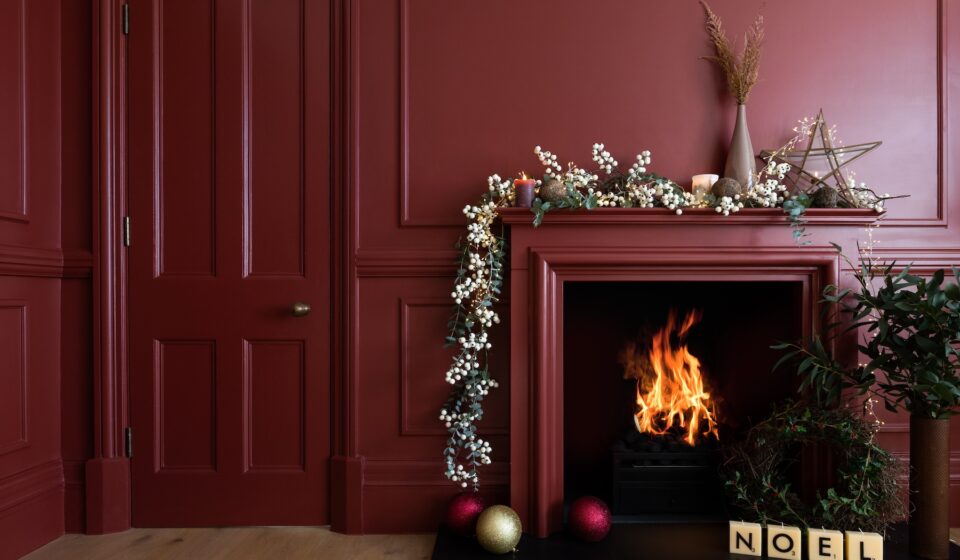
Christmas Styling Trends for 2025: Warmer, Bolder and More Creative
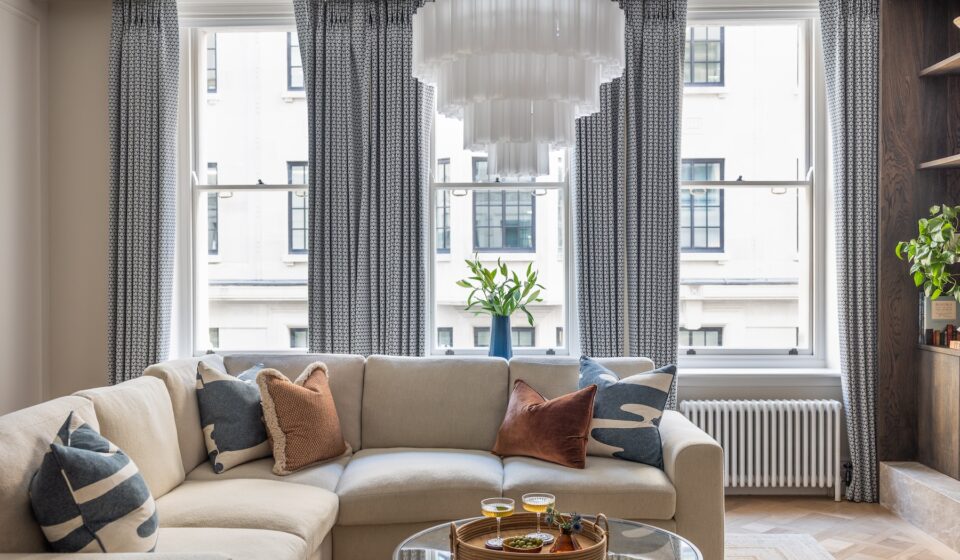
2026 Interior Design Trends: Styles That Will Shape Your Home

The Pfeiffer Design Series: Where the Love of Design Began


